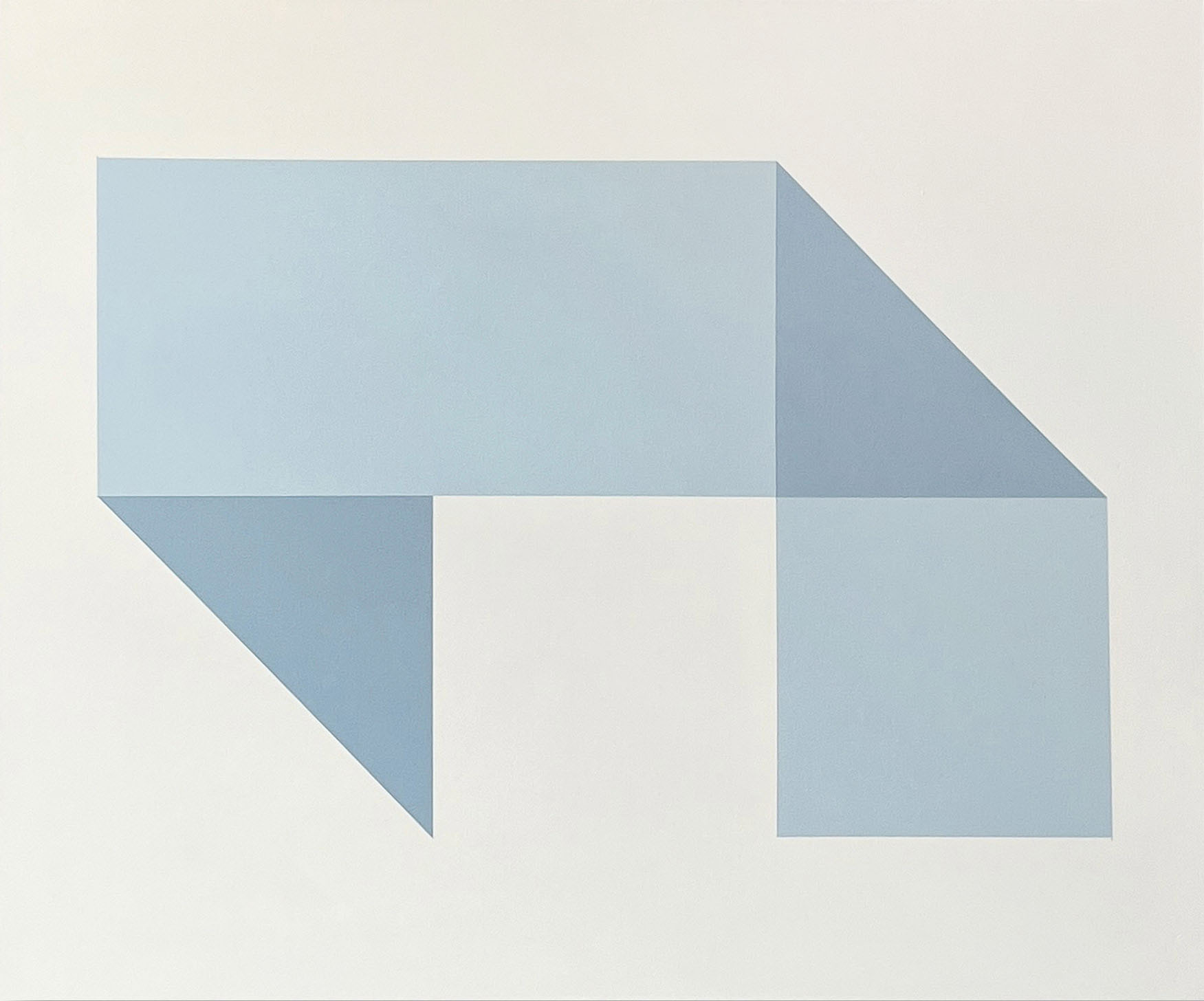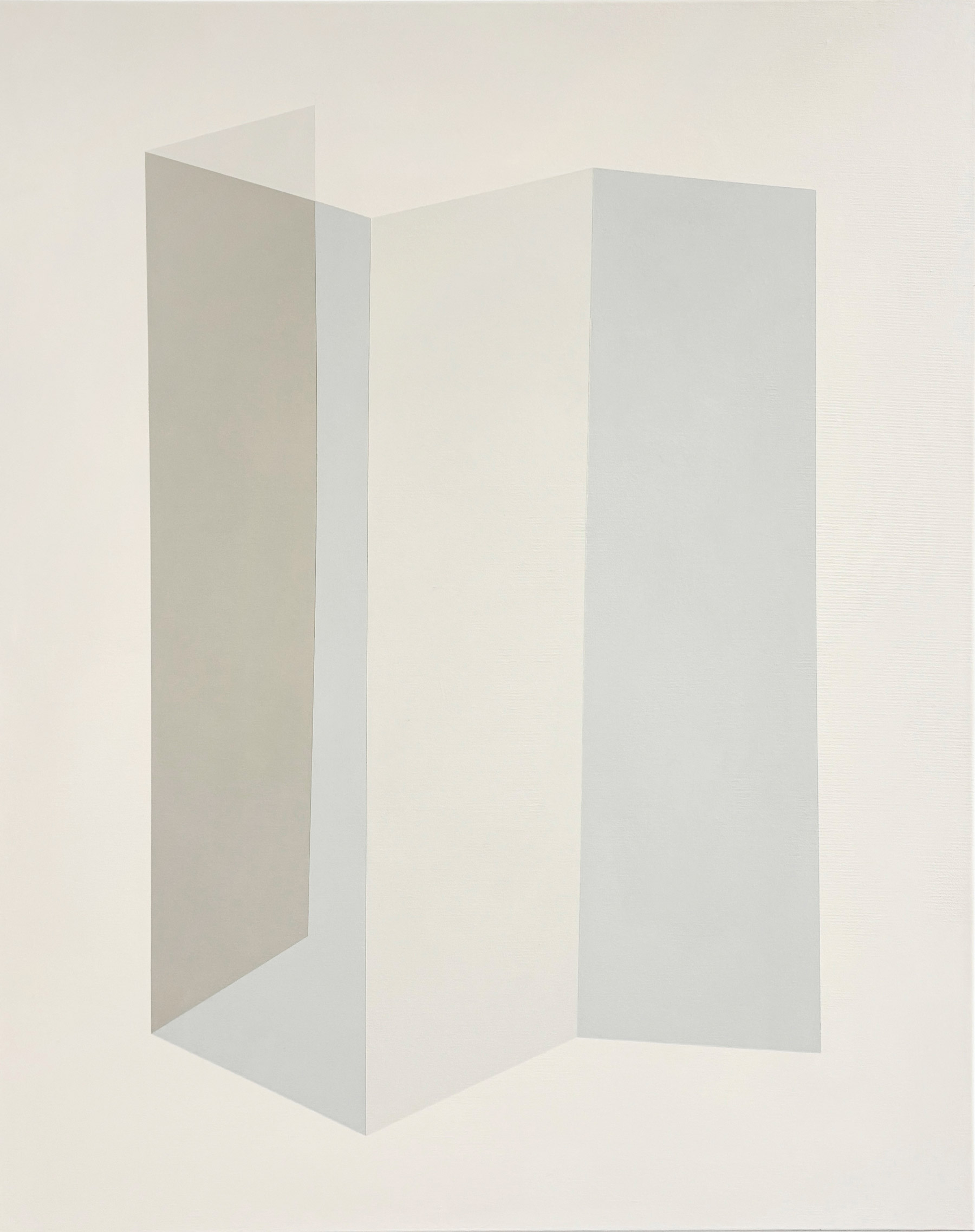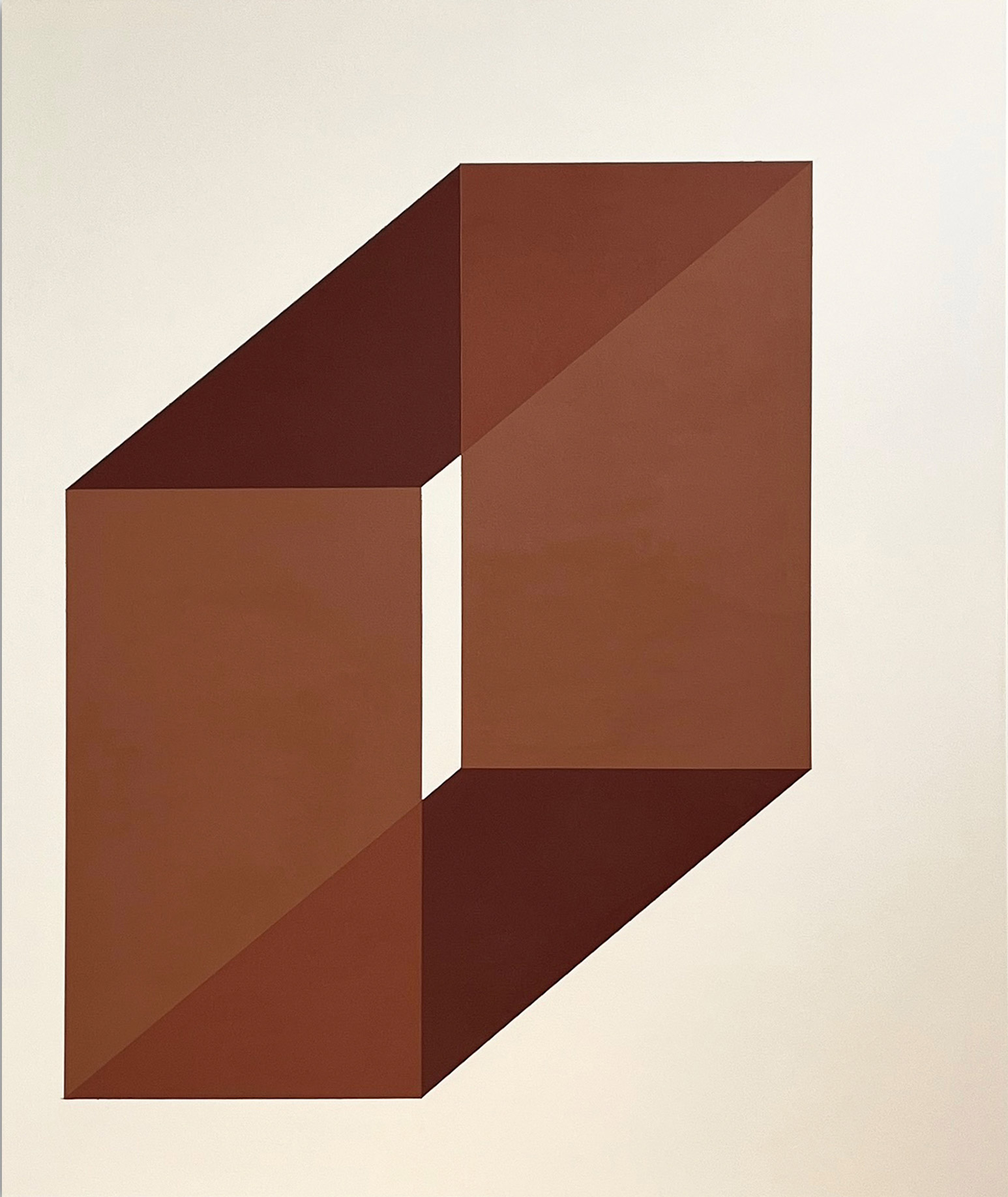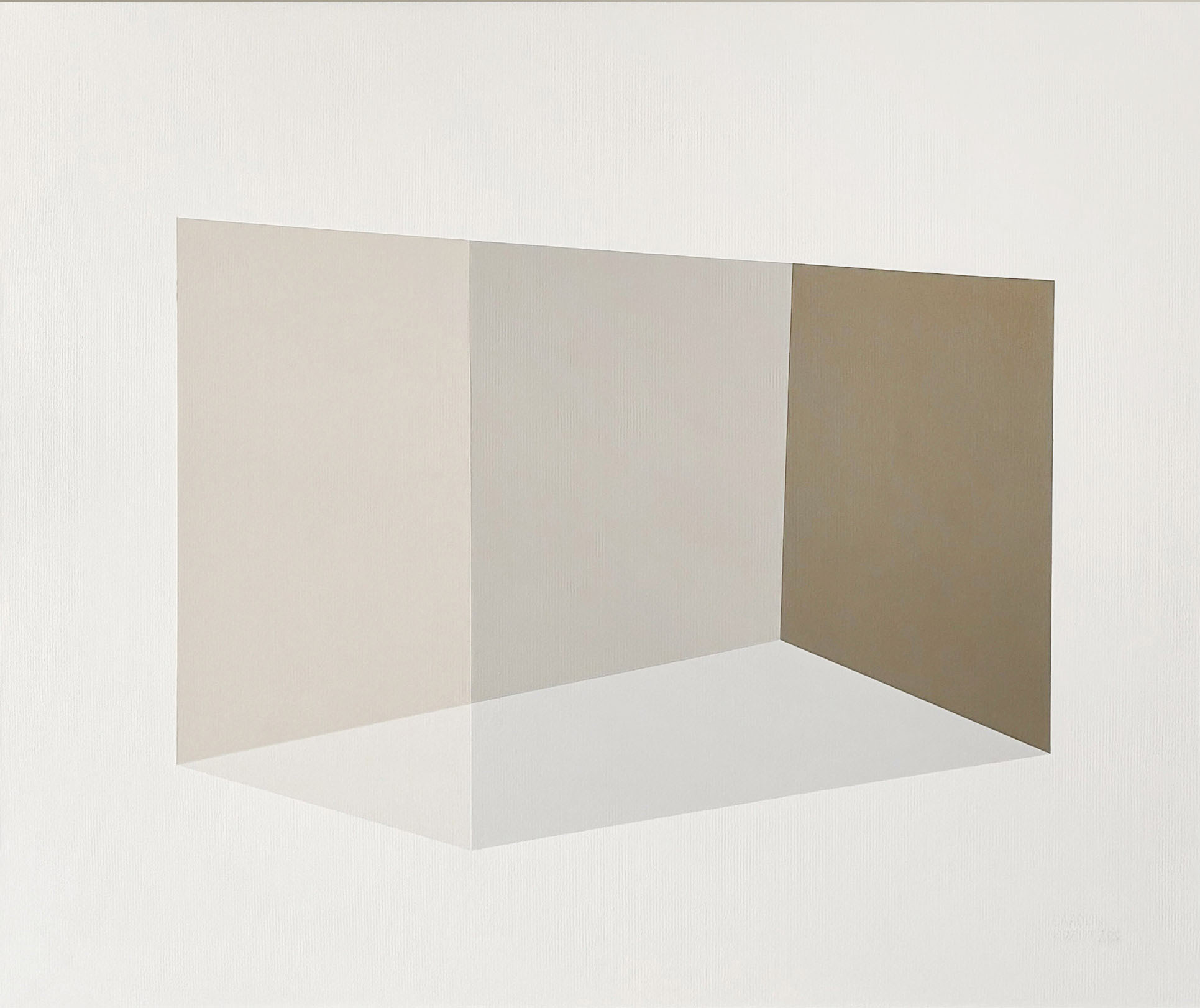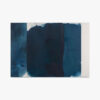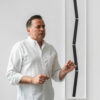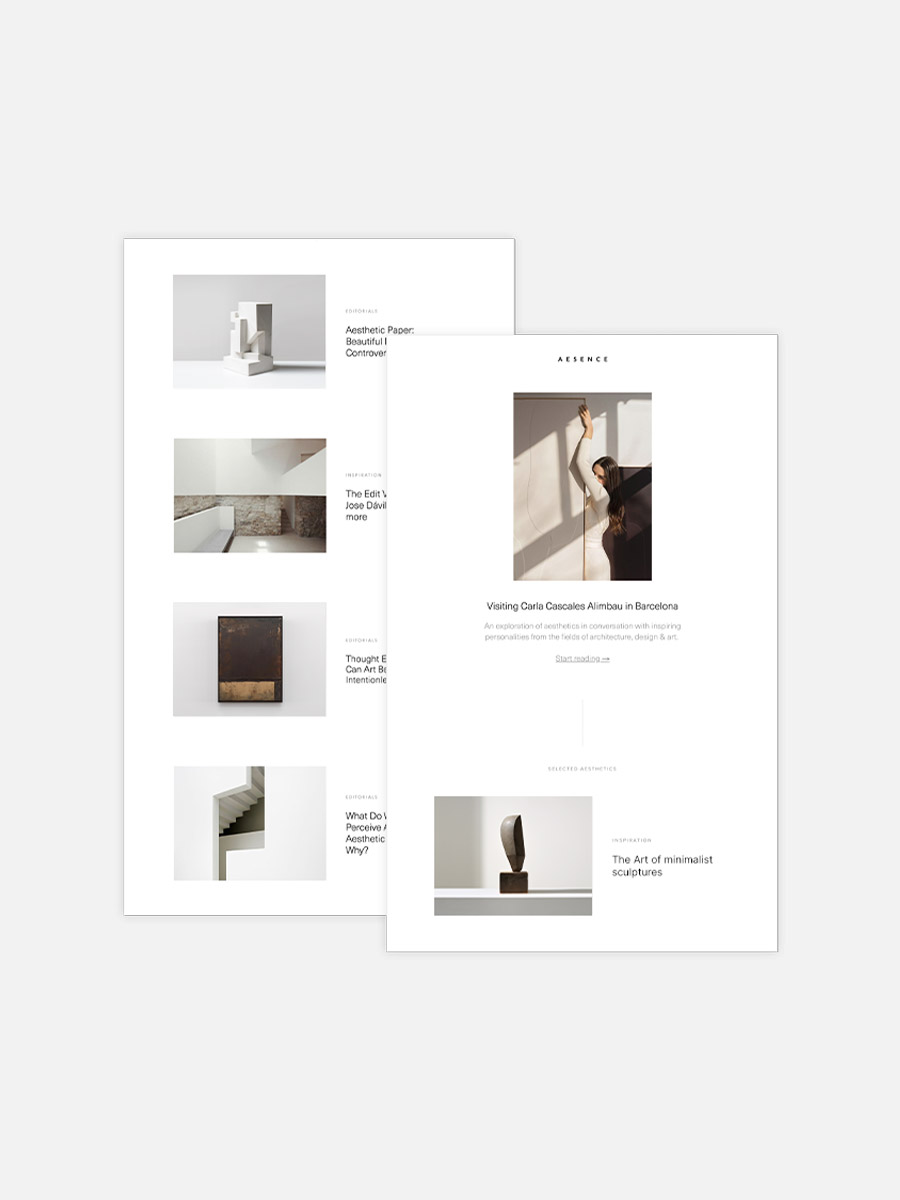“3 Questions for…” showcases and promotes the work of upcoming artists in the early stages of their careers. This time I would like to share with you the geometric compositions of Carolin Kreutzer.
Carolin Kreutzer (b. 1981) is a German artist who explores complex themes such as relationships, perception, and the balance between shared values and individual freedom in her work. Distilling visual elements to their essence, her paintings are characterized by hard, geometric edges to frame fields of homogeneous color, resulting in a subtle tension between constraint and harmony.
At the heart of her work is the belief that emotions and perspectives can be translated into abstract, tangible forms. The choice of colors plays an important role: calm, understated tones are blended until they convey a sense of space and quiet. They shape the character of the work, reflecting the themes she explores.
Her creative process begins with sketches and compositional studies. Often, her ideas evolve through personal reflection, philosophical reading, and conversations. Sometimes a theme defines the form; other times, a form inspires a theme the artist has carried for a long time. Each painting is accompanied by a short text that delves deeper into the subject of the work. By creating spaces of stillness and clarity, Carolin Kreutzer invites viewers to self-reflection, making intangible emotions visible through abstraction.
To learn more about the philosophy behind her work, I had the pleasure of asking Carolin three questions about her artistic vision:
Carolin, what inspired you to become an artist, and how has your artistic expression evolved since then?
Art has always been a central form of expression in my family—perhaps even more than language. My mother painted, my father photographed, and both shaped my way of seeing. I grew up with three sisters. My twin was born with a cognitive disability, and from an early age I understood that every family has its own rules—and yet, we all ask ourselves the same essential questions. I have painted for as long as I can remember, and I have been thinking for as long as I have been painting. I observe myself and my surroundings, strip away context, shift perspective, and translate what remains into form and color.
As a child, I climbed trees just to see the world from above. I loved the change in view, the quiet above everything, and the solitary space that allowed me to think freely. For 15 years, I worked as a graphic designer—always with a focus on the essential, expressed in minimalist, timeless forms.
A few years ago, I lost my sense of direction. I no longer knew who I was or what I wanted. The expectations of others seemed louder than my own. It was a difficult time, but it taught me to block out noise, ignore distractions, and focus inward. I discovered a deep need for freedom—and found myself again through painting. At first, my work often explored themes of family while I focused on form and its interactions. Over time, my subjects shifted toward personal questions, individual freedom, and my relationship with outside influences. This is why I’m currently drawn to solitary forms—self-contained bodies that stand entirely on their own.
How would you describe your work to someone who has never seen it, and what do you hope people take away from it?
My work is clear and calm. I use geometric forms and sometimes organic ones, layering them to create depth. At times, the patterns feel as delicate as paper; other times, they resemble glass or clouds with sharp edges.
I’m fascinated by how a single color can expand into different spaces and dimensions, so I develop hues that feel almost lucid. Life’s noise can distract us from ourselves and from what truly matters. My work is meant to quiet that noise and create space for what defines us—so we can live a life we would choose again and again.
What are you currently working on, and what are your plans for the future?
I’m currently working on a series called Shift, which plays with perspective. At first, a painting may seem fixed, but over time, new ways of seeing emerge. I’m drawn to this moment—the shift—when you realize a single situation can hold many truths.
Next, I want to explore structure. Until now, my paintings have shown no visible brushstrokes—nothing to distract from form and color. I’m curious whether I can keep that stillness while introducing subtle movement. I look forward to seeing where this will lead. The questions and themes that move me will continue to evolve, taking on new forms as I do.
Life’s noise can distract us from ourselves and from what truly matters. My work is meant to quiet that noise and create space for what defines us—so we can live a life we would choose again and again.
